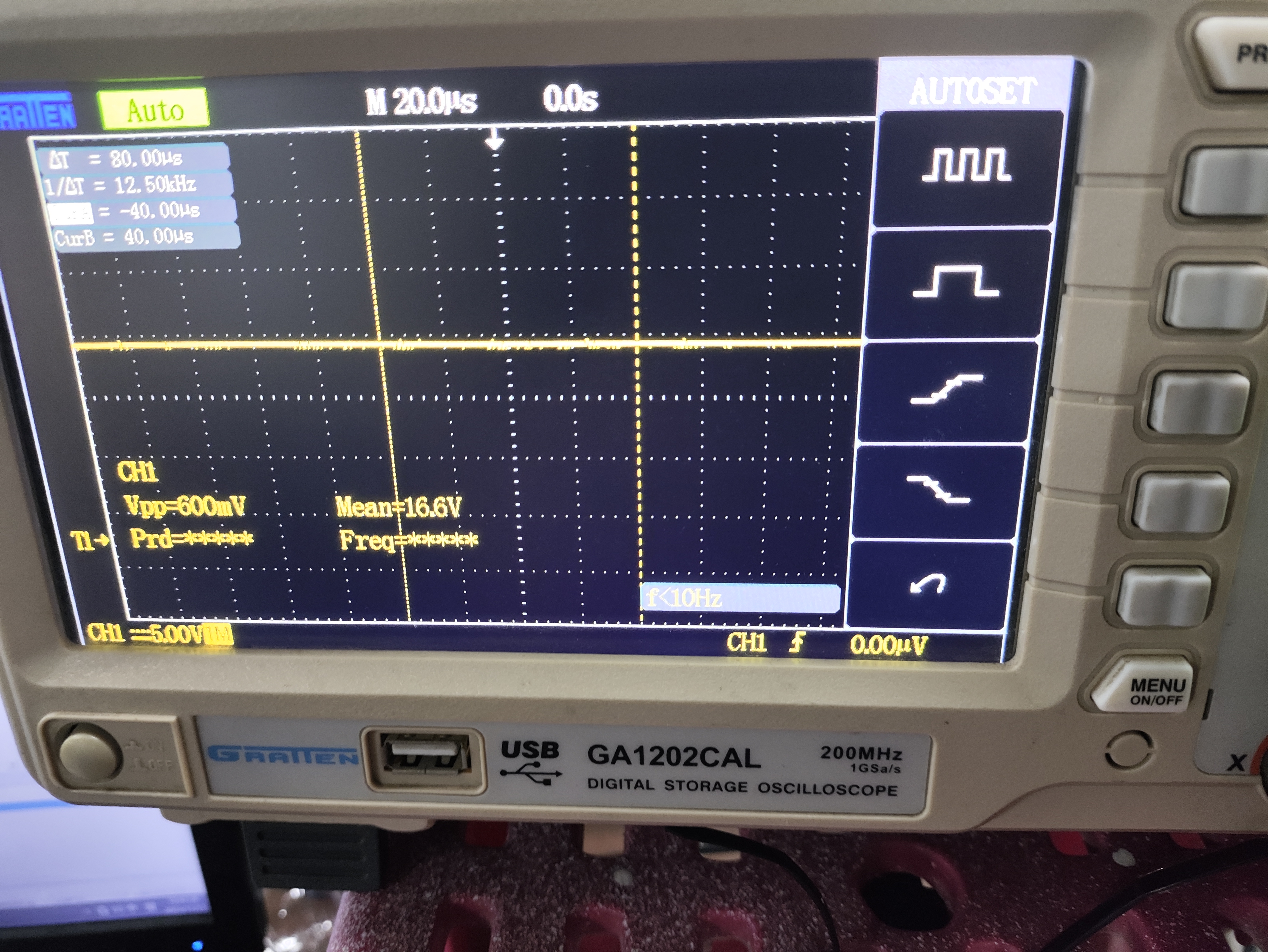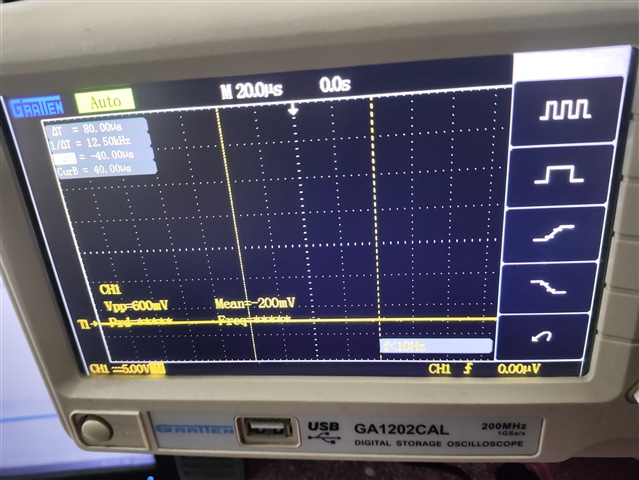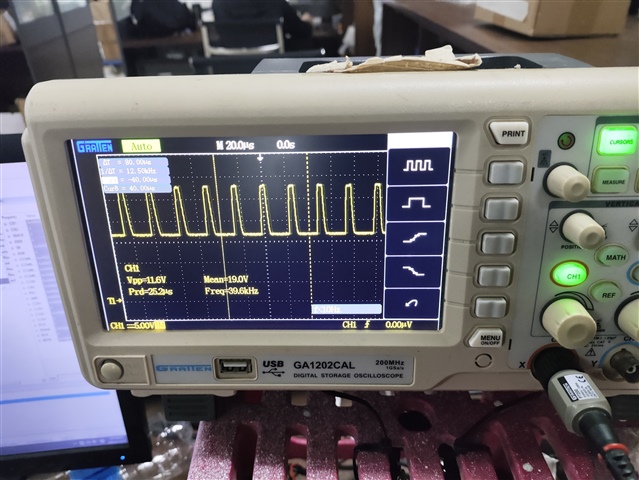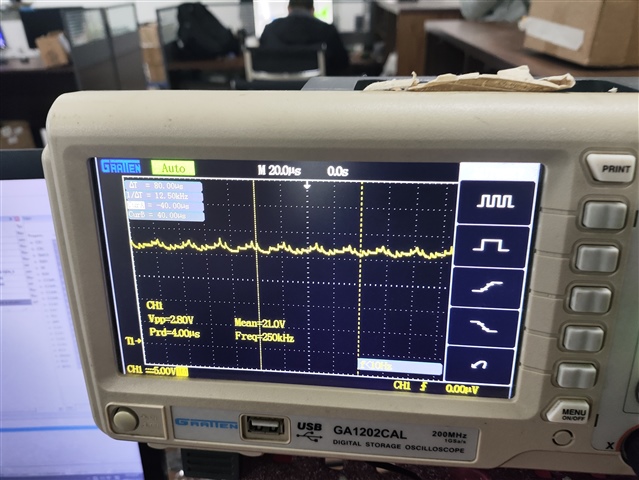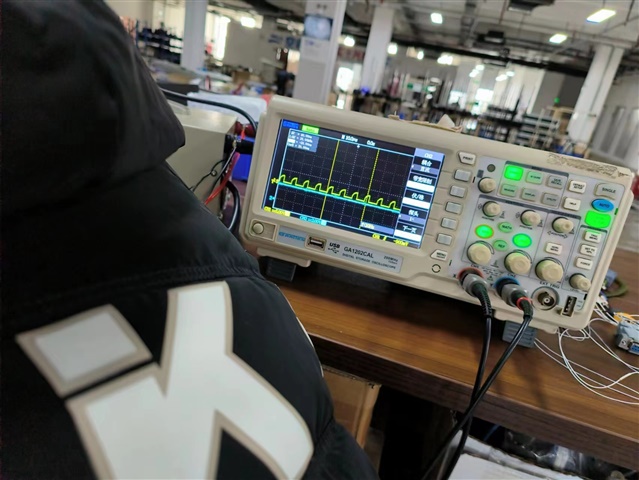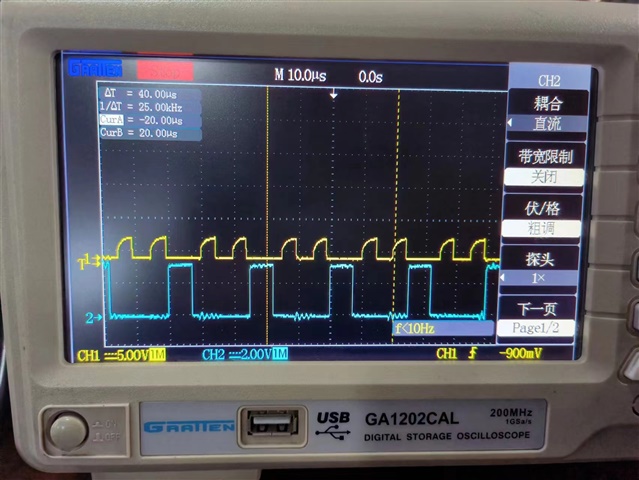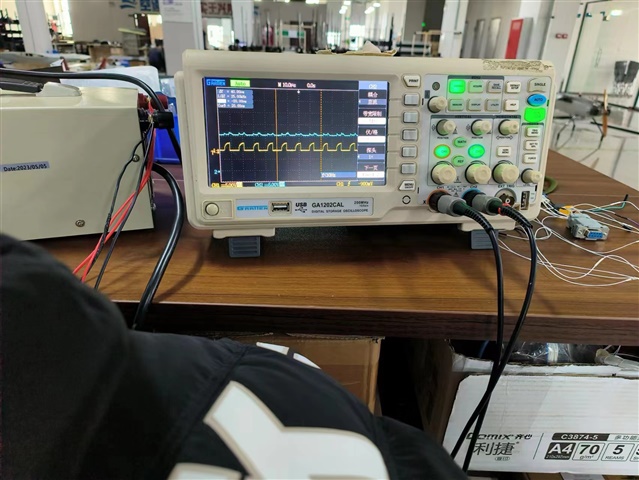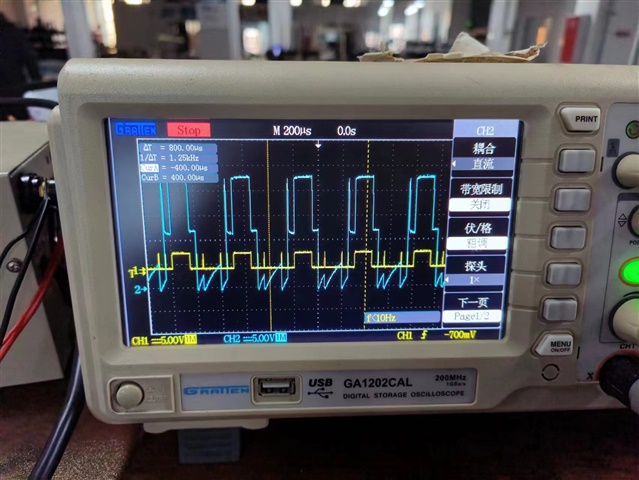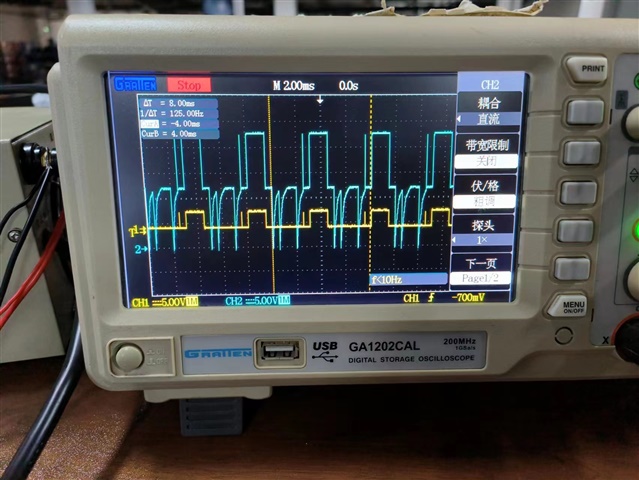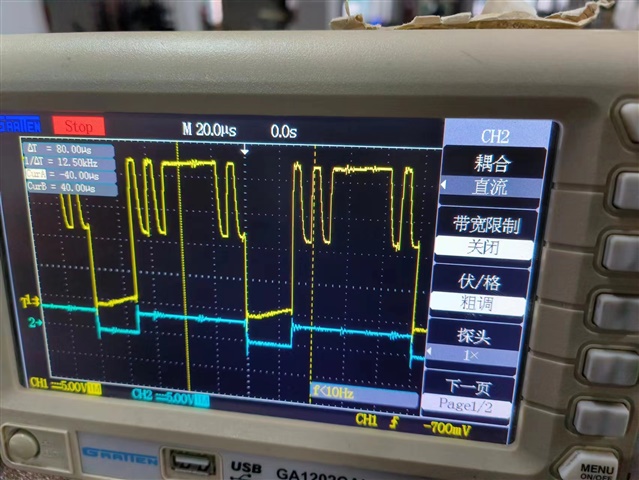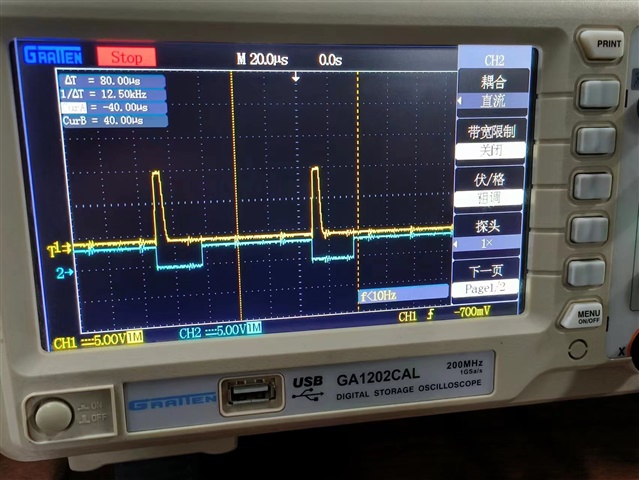Other Parts Discussed in Thread: DRV8323
Hi Team,
The DRV8323RH development board is being used.
The 8323 chip was replaced two times, one of the chips was hot after power up and no short circuit condition was found while the other chip powers up normally. When a high signal is sent to the INHX pin of the 8323, it does not function properly and the fault light is on.
Could you help check this case? Thanks.
Best Regards,
Cherry


